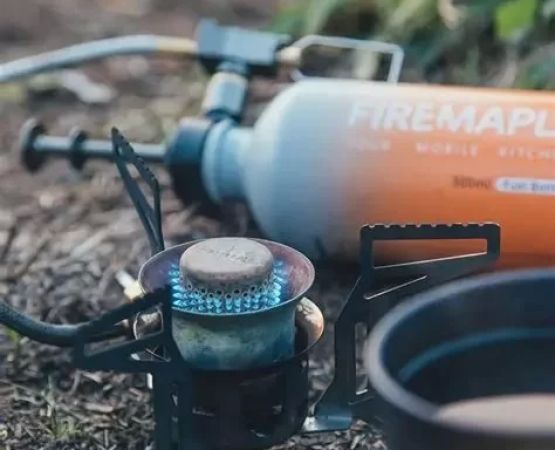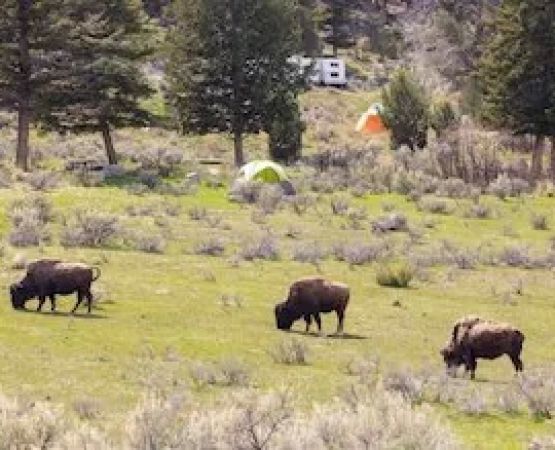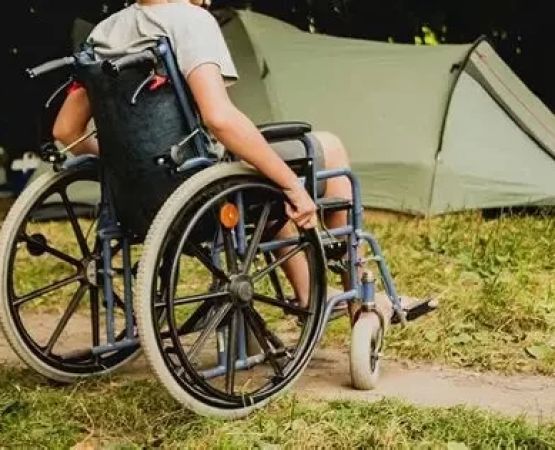1. Understanding Humid Climate Camping
Camping in humid climates: managing moisture and comfort is a unique challenge many outdoor enthusiasts face. Unlike dry environments, humidity increases the risk of condensation, damp gear, and even health concerns like heat rash. Knowing how to handle these conditions is key to enjoying the outdoors without discomfort or frustration.
2. Managing Moisture in Tents
2.1 Condensation control
One of the biggest issues when camping in humidity is tent condensation. Warm breath and body heat quickly build moisture inside closed spaces. To reduce this, always keep vents open, choose elevated sites, and avoid placing your tent near bodies of water where air is heavier with moisture.
2.2 Using ground tarps effectively
Ground tarps are essential in humid regions. However, they should be slightly smaller than the tent base to prevent rainwater from pooling underneath. This small adjustment makes a huge difference in keeping the floor dry overnight.
3. Choosing Breathable Gear
High humidity makes breathable fabrics vital. Lightweight sleeping bags, mesh-heavy tents, and moisture-wicking clothing all help keep campers cooler and more comfortable. Cotton should be avoided as it holds sweat and creates discomfort. Instead, synthetic blends or merino wool work well to regulate body temperature and reduce clamminess.
4. Personal Comfort and Hygiene
4.1 Staying dry and clean
Humidity creates the perfect environment for bacteria and fungi. Simple routines like changing into dry clothing before sleeping, airing out footwear, and using quick-dry towels can prevent skin irritations. Carrying antifungal powder is also a small but smart precaution.
4.2 Cooling strategies
Portable fans, damp cooling towels, and cold water dips during the day provide quick relief. Some seasoned campers even create makeshift shade shelters to block direct sun, reducing body heat retention in humid zones.
5. Real Cases and Stories
Many seasoned campers share stories of their humid adventures. One group in Florida described waking up to soaked sleeping bags despite no rain—the culprit being condensation. By adjusting their tent ventilation the following night, they drastically improved comfort. Experiences like this highlight the importance of preparation and flexibility.
Guests at Pine Cliff Resort often recount similar experiences, and many find that small upgrades in gear—like high-quality mesh tents or better ventilation systems—transform uncomfortable nights into enjoyable trips.
6. Practical Strategies for Campers
Carrying silica gel packets to store electronics, using waterproof dry bags, and setting up camp during cooler parts of the day are all smart tactics. Additionally, preparing meals that require less cooking heat, such as cold salads or wraps, can reduce added warmth inside the tent area.
7. Role of Location and Environment
Humidity is influenced by geography. Forested areas, coastal camps, and low-lying valleys often trap more moisture compared to breezier highlands. Choosing campsites with natural airflow—such as ridges or areas with open tree cover—can help significantly improve comfort levels.
8. Finding the Best Camping Support
For campers new to humid climates, the learning curve can feel steep. Resorts and guided camping programs provide structured experiences that reduce the stress of trial and error. Locations like Pine Cliff Resort are particularly valuable because they combine expert knowledge, high-quality gear recommendations, and the perfect natural setting to help campers adapt and thrive.






